Engineered Wood Flooring Maintenance Tips To Keep It Beautiful For Years
Floors take up the most space in our homes and offices and are subjected to the harshest everyday challenges. That’s why it is crucial to maintain your floors in a way that it serves you well for years, while looking flawless.
Engineered wood floors, if looked after well, will perform optimally and look gorgeous for a lifetime. However, poor engineered wood flooring maintenance can result in lasting damage, decreasing the lifespan and performance of the floor.
To help you manage your engineered wood floors better, we’ve put together an expert guide, full of tips on cleaning and maintaining your planks.
Cleaning engineered wood floors
One of the biggest advantages of engineered wood floors is that it’s easy to clean and maintain, provided you take a few precautions. Don’t forget to talk to your manufacturer about the best way to clean your engineered wood floors.
- Always remember to sweep first before mopping the floors to ensure there is no grit that can scratch the planks. For regular cleaning, simply use a broom or vacuum lightly without using steam or brushes. Three or more times a week is ideal to keep dirt and debris away.
- Use a damp mop and not one that’s soaking wet. This is because water that stays on top of the planks can cause long-term damage.
- If you plan to use a cleaning agent, ensure it is compatible with the particular finish of your engineered wood floors. This is a crucial element to talk to your manufacturer about, since some cleaners can actually damage your finish.
- Contrary to what you may have heard, DIY cleaners may not be a good idea for your engineered wood floors. Stay away from harsh cleaners that contain ammonia or vinegar. Although a tad more expensive, we would highly recommend investing in special cleaning agents specifically meant for engineered wood floors, to maintain the pristine looks of your planks. This, in fact, works out a lot cheaper in the long run, when you won’t have to deal with repairing or mending your planks.
Protecting from scratches
Like with any real wood flooring, scratches are inevitable even on engineered wood floors. Although marks only add more character to your wood flooring, you might still want to avoid having one too many.
Below are a few tried and tested ways to protect your engineered wood floors from scratches as much as possible:
Place an entrance mat
In order to prevent dirt, grit and debris from entering your home, place entrance mats outside your doors. You can take extra precaution and sweep regularly to ensure hidden debris doesn’t scratch your floors.
Say no to stilettoes and heavy boots
Sharp, spiky footwear or very heavy ones are especially bad for engineered wood floors, since they can damage the top layer. Avoid them as much as possible in your space.
Furniture pads to the rescue
The dragging around of furniture is another threat to your engineered wood planks. To prevent scuffs and scratches, place felt pads underneath your furniture and heavy plant pots. As much as possible, lift when moving things around, and don’t slide or drag.
Choose a good finish
Prevention is better than cure. To protect your engineered wood flooring from lasting damage, always opt for a durable, high-quality finish, whether lacquered or oiled. An oiled finish is highly recommended if your floor is repeatedly subjected to scratches, since more oil can be rubbed into the marks to hide them.
Dealing with scratches
In case a scratch does occur on your engineered wood floor, no need to panic. One of the biggest benefits of the wood top layer is that marks can be easily sanded down or refinished. If you have an oil or lacquer finish, you can simply apply more of these to hide the marks.
Looking after your engineered wood floor
Below are some of our top tips to ensure your engineered wood floors are maintained well for years:
A stable environment
An often overlooked, but important part of engineered wood flooring maintenance is keeping a stable environment in terms of heat and humidity levels. Although engineered wood with its robust and multi-layered construction is far less prone to warping, contracting and expanding – unlike real wood – it is always better to exercise caution.
This is especially because the top layer of solid wood can be vulnerable to changes in temperature. The ideal room temperature for engineered wood floors is between 18°C and 28°C. Depending on the manufacturer guidelines, most spaces with engineered wood flooring should keep the humidity level to 40-70%RH.
Clean up spills immediately
Unlike real wood, engineered wood floors can be used confidently in places prone to spills, such as kitchens, since they have moisture-resistance built in. But it is always better to prevent any kind of damage by cleaning up spills as soon as they occur.
Add extra moisture resistance
If your floors are in a space prone to any kind of moisture, it would actually be prudent to go for engineered wood floors with a lacquered finish, with an extra coat of protection. This is especially true if you go in for a matt lacquered finish, since it is even heavier than the simply lacquered plank.
Here to help
We hope our Engineered Wood Flooring Maintenance guides helps you to look after your engineered wood floors well. In case you have questions, talk to Flooring Factory Outlet’s experts on 020 3004 6630 or email at sales@flooringfactoryoutlet.co.uk

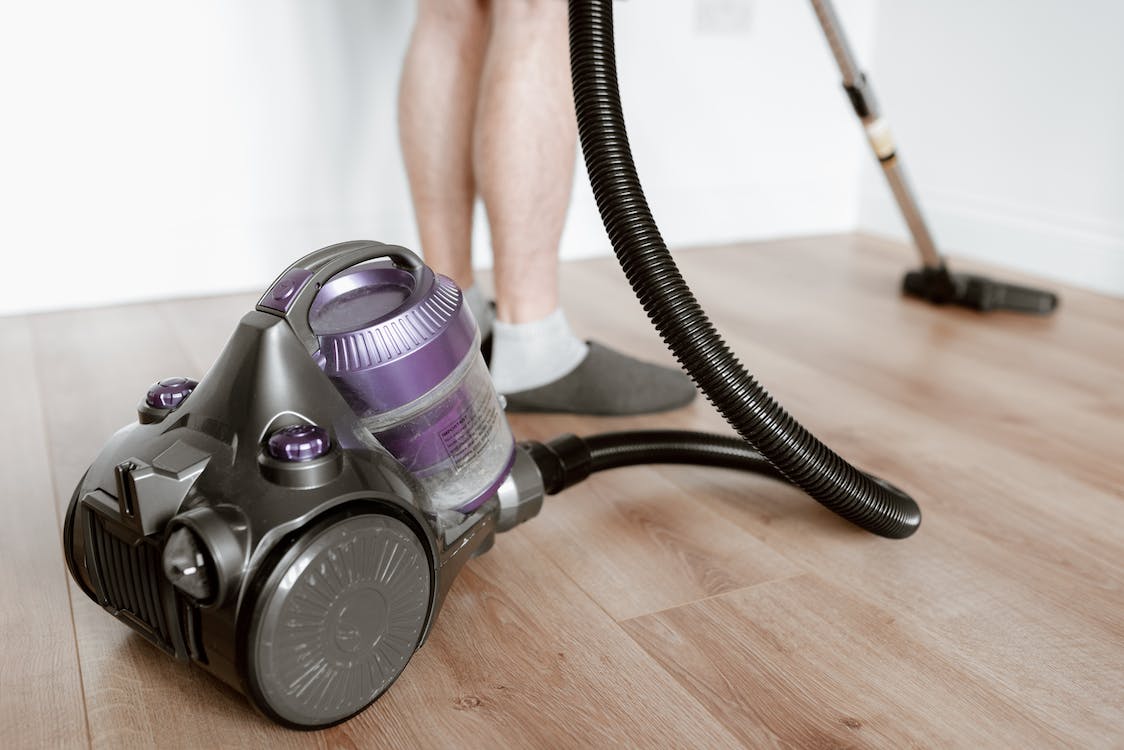
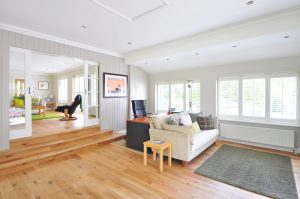
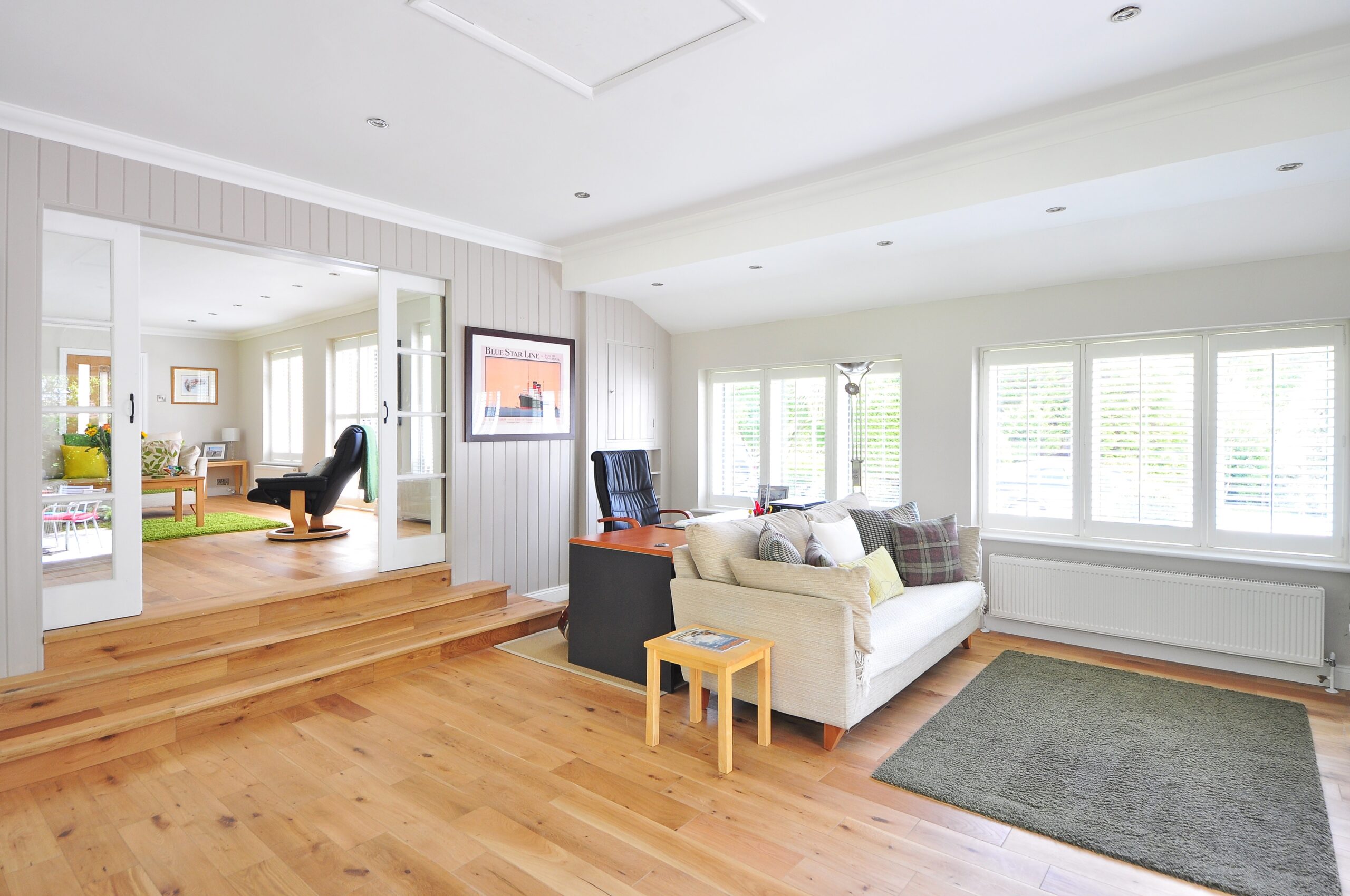
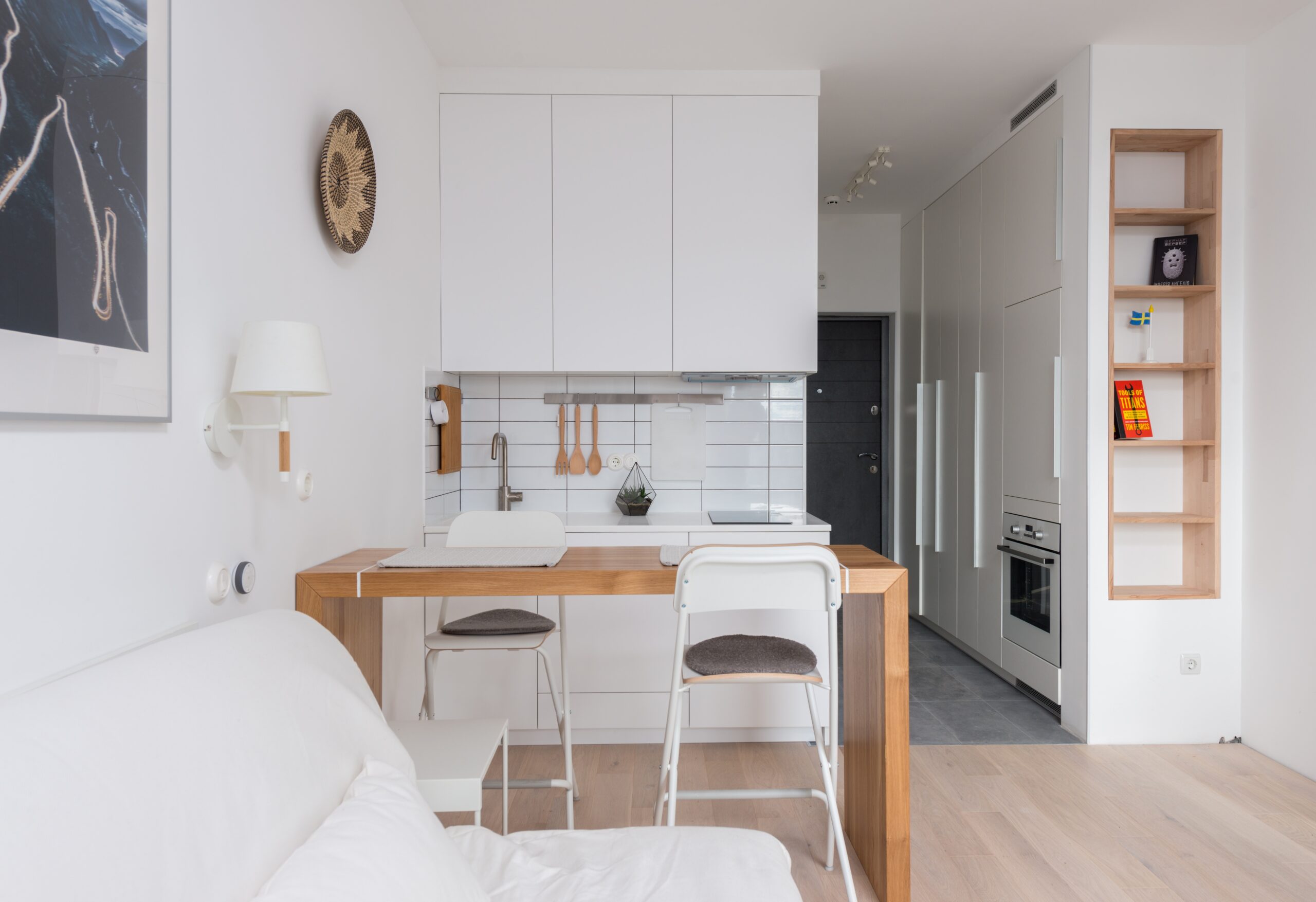
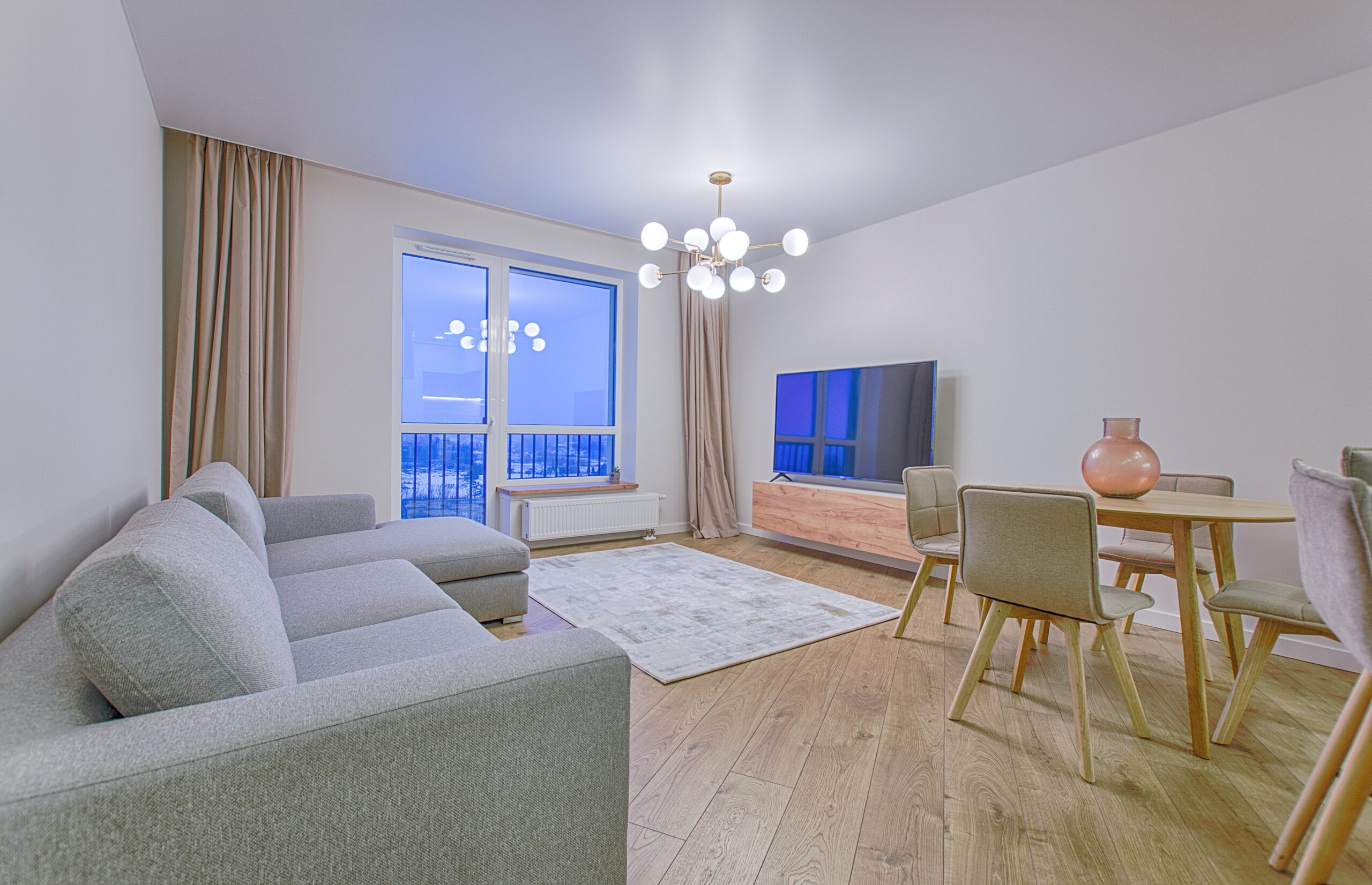
Comments are closed.